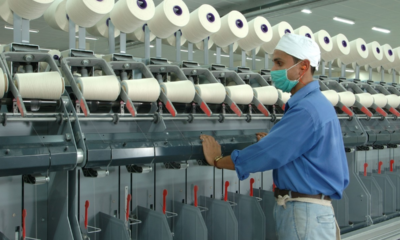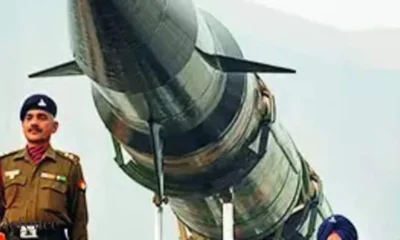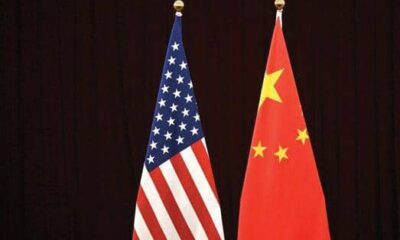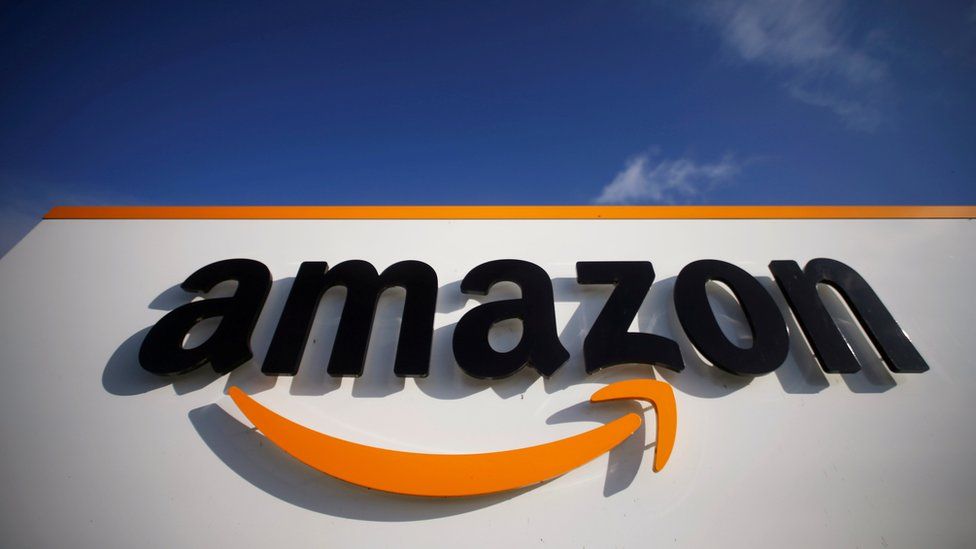Amidst the complexities of global trade dynamics, India finds itself on a trajectory with notable advancements in export sectors previously considered weak. The implementation of initiatives such as Production-Linked Incentives (PLI) and the Make in India campaign has fueled remarkable growth, particularly in electronics. Noteworthy is the surge in smartphone exports, projected to escalate by 30 per cent over the previous year, potentially crossing the USD 15 billion mark in FY2024. These triumphs lies a pressing need to rejuvenate traditional labor-intensive exports such as textiles, apparel, and leather. In an exclusive interview with ANI, Ajay Srivastava, Founder of the Global Trade Research Initiative (GTRI), shed light on India’s export scenario, offering insights into current trends and future prospects.
However, he highlighted a concerning trend of decline in merchandise exports by 3.56 per cent from April 2023 to February 2024, compared to the same period in the previous fiscal year. Srivastava said, “Overall export growth for the FY2024 will be positive considering both merchandise and services exports. A USD 4.4 billion jump in merchandise exports in Feb 2024 over Feb 2023 is bonus considering continued Red sea disruptions.” This suggests that FY2024 may witness no positive growth in merchandise exports over FY2023. Nevertheless, sectors like electronics are showing promise, fueled by initiatives such as Production-Linked Incentives (PLI) and the Make in India campaign. Smartphone exports, for instance, are expected to surge by 30 per cent and surpass USD 15 billion in FY2024.
Srivastava stated, “However, India’s merchandise exports declined by 3.56 per cent from USD 409.1 in Apr-Feb 2023 to USD 394.99 in Apr-Feb 2024. This indicates that India merchandise exports during FY2024 will register no positive growth over FY2023.” He added, “The good news is exports in sectors like electronics where India was traditionally weak are picking up due to PLI and other Make in India interventions.” However, Srivastava emphasized the need to revitalize traditional labor-intensive sectors like textiles, apparel, and leather to regain lost global market share. He said, “For example, smart phone exports may increase by 30 per cent over previous year and cross USD15 billion in FY2024. But, we need to revive traditional labor intensive exports like Textiles, Apparel and leather which are losing global share steadily.” India’s trade footprint extends to all corners of the globe, with merchandise trade exceeding USD 10 billion with 32 countries and surpassing USD 1 billion with 82 countries. Srivastava said, “Indian products reach all corners of the world. For example, India trades with 235 countries and regions globally. Its merchandise trade surpasses USD 10 billion with 32 countries, exceeds USD 1 billion with 82 countries, and is over USD 1 million with 204 countries.” Srivastava highlighted the significant export potential in regions such as Africa, Latin America, and Central Asia.
In FY2023, India’s merchandise exports to these regions amounted to USD 51.2 billion, USD 17.7 billion, and USD 3.8 billion, respectively. With India’s diverse range of products and growing international partnerships, there is ample opportunity to further multiply trade with these regions. “Our merchandise exports in FY2023 with countries of Africa, Latin America, Central Asia was USD 51.2 billion, USD 17.7 billion and USD 3.8 billion respectively. There is high potential to multiply the trade with these regions”, said Srivastava. India has been actively pursuing FTAs with various countries to enhance its export prospects. Srivastava emphasized that successfully concluding FTAs with developed countries, including the UAE, Australia, and potentially the UK, would signify India’s commitment to trade liberalization and economic integration. These agreements provide access to expansive markets, facilitating trade growth amidst global protectionist trends. Srivastava said, “In the last four years, India has signed FTAs with Mauritius, the UAE, Australia, and the EFTA countries (Switzerland, Norway, Iceland, and Liechtenstein) in fast-track mode. The FTAs with the UK and Oman are almost ready and may be signed soon after formation of new Government post elections.”
He further said, “India’s FTA partners warmly reciprocate the fast-track negotiation strategy, as the FTA with India allows access to a large and growing market bypassing high tariff walls.” “Successfully concluding FTAs with developed countries would send a positive signal to world, showcasing India’s commitment to trade liberalization and economic integration in the time whole world is turning protectionist. The FTAs have become pivotal instruments for India’s economic expansion and integration into the world market”, he added.
Regarding the Red Sea crisis, Srivastava expressed concerns about its potential impact on India’s trade. While India has thus far managed to avoid significant disruptions, escalating attacks pose a looming threat. Srivastava said, “So far, India was lucky to avoid any large scale impact of the red sea disruption on trade flows, however, with escalating everyday attacks and no end in sight, the crisis will impact will soon be noticed on trade volumes in coming months as new contracts are signed between exporter and importers.”
The crisis has led to increased shipping costs, delays, higher insurance premiums, and potential cargo losses. Industries across sectors, including petroleum, confectionery, textiles, and automotive, are grappling with challenges such as delayed deliveries, renegotiated shipping costs, and disrupted supply chains. He stated, “The red sea crisis significantly impacts Indian trade, especially with the Middle East, Africa, and Europe. This conflict is leading to increased shipping costs (40-60 per cent) and delays due to rerouting (upto 20 days more), higher insurance premiums (15-20 per cent), and potential cargo loss from piracy and attacks.” The implications of the Red Sea crisis on India’s trade with regions like the Middle East, Africa, and Europe warrant close monitoring in the coming months.
Srivastava said, “Oil imports from Russia through the Suez Canal are troubled by longer routes, raising costs and delaying supplies.” As India navigates its export journey amidst global uncertainties, strategic measures and proactive policies will be crucial in overcoming challenges and capitalizing on emerging opportunities, ensuring sustained growth and competitiveness in the global market.


 Opinion3 years ago
Opinion3 years ago
 Entertainment8 years ago
Entertainment8 years ago
 Entertainment8 years ago
Entertainment8 years ago
 Fashion8 years ago
Fashion8 years ago
 Opinion4 years ago
Opinion4 years ago
 Entertainment8 years ago
Entertainment8 years ago
 Politics8 years ago
Politics8 years ago
 Entertainment8 years ago
Entertainment8 years ago




















